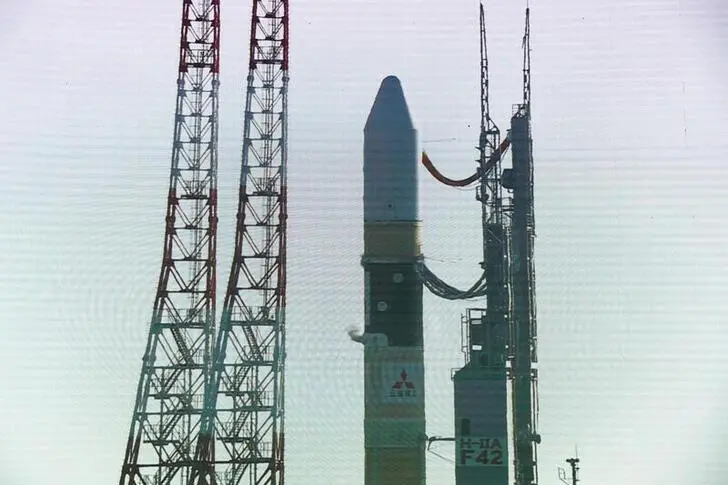PHOTO
Dubai, UAE: The Emirates Mars Mission’s ‘Hope Probe’ has released its seventh batch of data on the Martain atmosphere. The data was captured by the Probe's three instruments, EMIRS, EMUS, and EXI, between September 1, 2022 and November 30, 2022.
Eng. Zakareyya Al Shamsi, Project Director of Emirates Mars Mission, said: “The Hope Probe's data and observations come in line with an increased global interest in understanding Mars. The various data batches captured by the Emirates Mars Mission provide the international scientific community with valuable information, while highlighting the UAE as a key contributor to the development of space science and technology. The Emirates Mars Mission team will continue to analyse and release new data on Mars every three months to provide a deeper understanding of the natural phenomena on the red planet.”
The seventh data batch includes high cadence observations of dust movement captured by the Emirates Exploration Imager (EXI) on August 25; September 6, 13, 15, 24, October 1, 6, 15, 19/20, 29; and November 9/10, 16, 2022.
The Emirates Mars Ultraviolet Spectrometer (EMUS) performed the first observation of stellar occultation in Extreme Ultraviolet wavelengths to study the Martian upper atmosphere. Data captured by EMUS between October 24-27, 2022 contains stellar occultation observations where the instrument detects stellar light as it passes through the atmosphere of Mars allowing for the retrieval of densities of CO2 and other species along with their vertical distributions.
The data set also includes a Field of View (FOV) mapping experiment for EMUS that was carried out on October 3rd 2022. By using spacecraft slews to repeatedly drift a star across the instrument FOV as it observes, the team is able to confirm instrument alignment and refine pointing knowledge.
With the seventh data release, the Emirates Mars Mission’s ‘Hope Probe’ has released a total of 2.1 Terabytes of data on the atmosphere of the red planet through the mission’s Science Data Center.




















